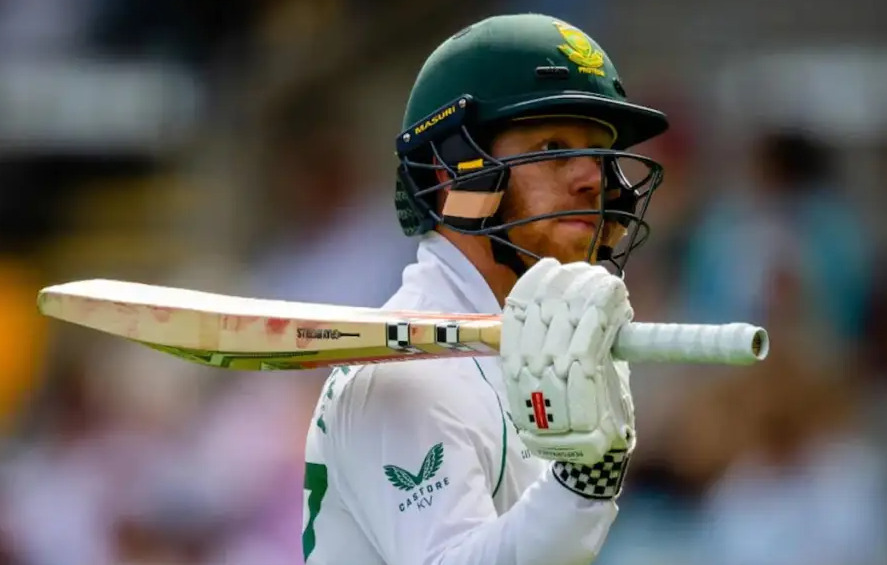Ryan Rickelton Kyle Verreynne: 3 Bold Reasons for SA Choice
When it comes to big matches like the World Test Championship Final, every team aims to field a side that offers the perfect mix of skill, experience, and tactical balance. South Africa’s decision to choose Kyle Verreynne as the designated wicketkeeper over Ryan Rickelton raised some eyebrows, especially among those who have followed Rickelton’s strong domestic form. But this wasn’t a decision made on a whim. It was based on three core factors: format-specific skill, match conditions, and overall team strategy.
Let’s explore why the team management made this crucial call—and why it makes sense in the context of red-ball cricket at the highest level.

1. Experience in the Longer Format
Test cricket is a completely different beast compared to white-ball formats. It requires sustained focus, stamina over five days, and the ability to read the game session by session. Kyle Verreynne, over recent years, has been groomed specifically for Test matches. He has played key innings, kept wicket for extended periods, and proven his ability to thrive in high-pressure moments.
In contrast, Ryan Rickelton, while a standout performer in the shorter formats and a gifted stroke-maker, has had limited chances in Tests. His keeping, too, has mostly come in shorter matches where the ball behaves differently, and the workload is lighter. Picking Verreynne was South Africa’s way of ensuring consistency and clarity in the high-intensity atmosphere of a final.
2. Adapting to English Conditions
Lord’s is one of the trickiest venues to keep wickets at. The pitch can surprise even the most seasoned players with late movement and variable bounce. Add to that the English weather, and it becomes a true test of technique and temperament for any keeper.
Kyle Verreynne, thanks to his red-ball exposure and time spent playing in similar conditions, is better equipped to handle the demands of English wickets. His glove work in seam-friendly environments has been tested and praised.
Rickelton, though talented, has comparatively less exposure to such challenges behind the stumps. Given the stakes, South Africa needed someone who had both the technical know-how and the mental map for English conditions. That tilted the balance further in Verreynne’s favor.
3. Clear Role Separation for Batting and Keeping
There’s another side to this story—batting responsibilities. Ryan Rickelton was selected for the squad primarily as a top-order batter, even penciled in to open with Aiden Markram. Opening in Test cricket is already a tough job; it means facing the freshest bowlers on a green pitch with a swinging ball. Doing that while also keeping wickets for 90 overs a day can drain any player.
By giving Rickelton a clear batting role and assigning the gloves to Verreynne, the team ensured each player could give 100% to their specialty. This separation of duties shows that the team is thinking long-term and prioritizing player effectiveness.
It’s not just about who’s the “better” cricketer overall. It’s about who fits best into the role they’re asked to play in this particular game.

Final Thoughts
South Africa’s choice wasn’t a snub to Rickelton—it was a strategic selection built on format-specific roles, keeping efficiency in difficult conditions, and maximizing performance by reducing player fatigue. Verreynne offers them a level of control and assurance that aligns with their vision for success in Test cricket.
For Rickelton, the door is far from closed. In fact, his inclusion in the squad as a specialist batter proves that the team sees him as a vital part of their future. But for this final, in these conditions, and with the balance they needed—Kyle Verreynne was the right call.
must read – zkfundaweb.com





Post Comment